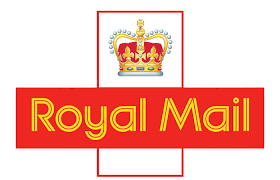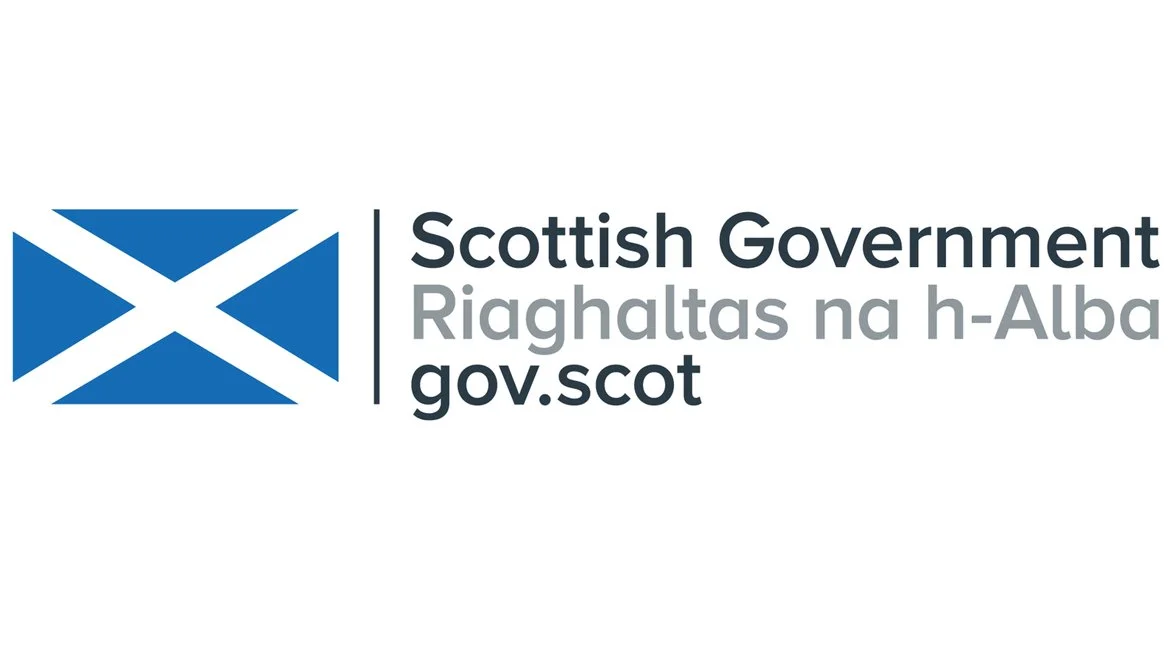The UK's Annual M&V Conference (MAVCON) takes place in Birmingham on 23 October 2024. Click to find out more
The UK's Annual M&V Conference (MAVCON) takes place in Birmingham on 23 October 2024. Click to find out more
Proving the performance of energy saving investments
Independent Measurement & Verification services to build trust and credibility in energy efficiency and decarbonisation schemes.
We are the UK’s leading independent Measurement & Verification experts.
Our sole focus is proving the performance of energy saving schemes to global best practice standards (IPMVP).
Working alongside buyers and suppliers, we aim to build trust in savings claims and support stronger energy saving partnerships based on verified results.

Our Services
Buyer Services
Independent Measurement & Verification
Be an informed buyer - know exactly how your energy saving projects are performing.
Supplier Services
M&V Services | Savings Verification
Boost your credibility - ensure your savings claims adhere to IPMVP best practice.
Learning & Development
M&V Training & Qualifications
Enhance your M&V skills and understanding with our range of training courses.
Client Testimonials

Join leading M&V experts at MAVCON, the eighth annual conference focused solely on M&V for energy saving schemes.
Annual M&V Conference 2024
23 October 2024, Birmingham
Our Case Studies
Find out more about EEVS key role in some of our client success stories:
You can’t measure an energy saving.
Did you know…?
Rather, the savings need to be mathematically modelled by experts trained in the discipline of Measurement and Verification (M&V).
This is because the savings - or avoided energy use - represents energy you are no longer using as a result of energy saving investment.
Our extensive client list includes:





















































Get in touch
Find out more about EEVS and how we can help you.
Ian Jeffries
Managing Director
EmailMobileNick Keegan
Director
EmailMobile


















